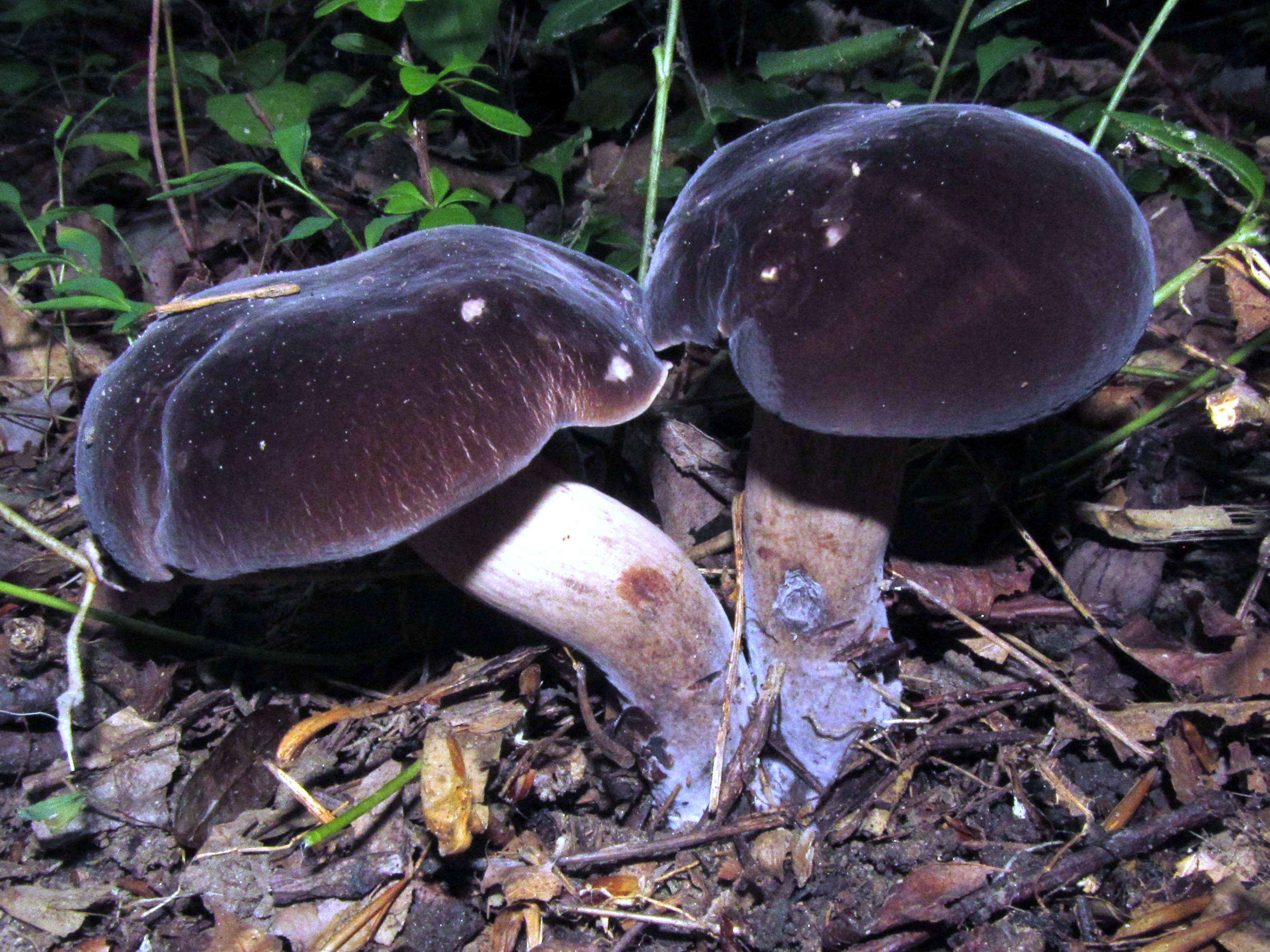|
Tylopilus Jalapensis
''Tylopilus jalapensis'' is a bolete fungus in the family Boletaceae found in Veracruz, Mexico, where it grows under oak in montane forests. It was described as new to science in 1991. See also *List of North American boletes __NOTOC__ This is a list of bolete species found in North America. Bolding of the species name, and an asterisk (*) following indicate the species is the type species of that genus. ''Aureoboletus'' *''Aureoboletus auriporus'' *''Aureoboletus ge ... References External links * jalapensis Fungi described in 1991 Fungi of Mexico Fungi without expected TNC conservation status Fungus species {{Boletales-stub ... [...More Info...] [...Related Items...] OR: [Wikipedia] [Google] [Baidu] |
Rolf Singer
Rolf Singer (June 23, 1906 – January 18, 1994) was a German mycologist and Taxonomy (biology), taxonomist of gilled mushrooms (agarics). He wrote the book "The Agaricales in Modern Taxonomy (biology), Taxonomy". He fled to various countries during the Nazism, Nazi period, pursuing mycology in the Soviet Union, Argentina, and finally the United States, as mycologist at the Field Museum in Chicago. Career After receiving his Ph.D. at the University of Vienna in 1931 he worked in Munich. By 1933, however, Singer left Germany for Vienna due to the political deterioration in Germany. There he met his wife, Martha Singer. From Vienna, Singer and his wife went to Barcelona, Spain, where Singer was appointed assistant professor at the Autonomous University of Barcelona. Persecution by the Spanish authorities on behalf of the Germany, German government forced Singer to leave Spain for France in 1934. After a fellowship at the Museum d'Histoire Naturelle in Paris, Singer again moved, t ... [...More Info...] [...Related Items...] OR: [Wikipedia] [Google] [Baidu] |
Bolete
A bolete is a type of mushroom, or fungal fruiting body. It can be identified thanks to a unique cap. On the underside of the cap there is usually a spongy surface with pores, instead of the gills typical of mushrooms. A similar pore surface is found in polypores, but these species generally have a different physical structure from boletes, and have different microscopic characteristics than boletes. Many polypores have much firmer, often woody, flesh. "Bolete" is the English common name for fungus species with caps that have this appearance. Some, but not all boletes bruise blue. Taxonomy The boletes are classified in the order Boletales. However, not all members of the order Boletales are boletes. The micromorphology and molecular phylogeny of the order Boletales have established that it also contains many gilled, puffball, and other fruit body shapes. Examples of these fungi include '' Chroogomphus'', '' Gomphidius'', ''Phylloporus'', ''Paxillus, Tapinella,'' '' Hy ... [...More Info...] [...Related Items...] OR: [Wikipedia] [Google] [Baidu] |
Boletaceae
The Boletaceae are a Family (biology), family of mushroom-forming fungi, primarily characterised by small pores on the spore-bearing hymenium, hymenial surface (at the underside of the mushroom), instead of Lamella (mycology), gills as are found in most agarics. Nearly as widely distributed as the agarics, the family is renowned for hosting some prime edible species highly sought after by mushroom hunting, mushroom hunters worldwide, such as the Boletus edulis, cep or king bolete (''Boletus edulis''). A number of rare or threatened species are also present in the family, that have become the focus of increasing conservation biology, conservation concerns. As a whole, the typical members of the family are commonly known as boletes. Boletes are a group of mushrooms reasonably safe for human consumption, as none of them are known to be deadly to adults. Edible bolete species are especially suitable for novice collectors, since they pose little danger of being confused with deadly p ... [...More Info...] [...Related Items...] OR: [Wikipedia] [Google] [Baidu] |
Veracruz
Veracruz, formally Veracruz de Ignacio de la Llave, officially the Free and Sovereign State of Veracruz de Ignacio de la Llave, is one of the 31 states which, along with Mexico City, comprise the 32 Political divisions of Mexico, Federal Entities of Mexico. Located in eastern Mexico, Veracruz is bordered by seven states, which are Tamaulipas, San Luis Potosí, Hidalgo (state), Hidalgo, Puebla, Oaxaca, Chiapas, and Tabasco. Veracruz is divided into Municipalities of Veracruz, 212 municipalities, and its capital city is Xalapa, Xalapa-Enríquez. Veracruz has a significant share of the coastline of the Gulf of Mexico on the east of the state. The state is noted for its mixed ethnic and indigenous populations. Cuisine of Veracruz, Its cuisine reflects the many cultural influences that have come through the state because of the importance of the port of Veracruz (city), Veracruz. In addition to the capital city, the state's largest cities include Veracruz, Coatzacoalcos, Córdoba, V ... [...More Info...] [...Related Items...] OR: [Wikipedia] [Google] [Baidu] |
Montane
Montane ecosystems are found on the slopes of mountains. The alpine climate in these regions strongly affects the ecosystem because temperatures lapse rate, fall as elevation increases, causing the ecosystem to stratify. This stratification is a crucial factor in shaping plant community, biodiversity, metabolic processes and ecosystem dynamics for montane ecosystems. Dense montane forests are common at moderate elevations, due to moderate temperatures and high rainfall. At higher elevations, the climate is harsher, with lower temperatures and higher winds, preventing the growth of trees and causing the plant community to transition to montane grasslands and shrublands or alpine tundra. Due to the unique climate conditions of montane ecosystems, they contain increased numbers of endemic species. Montane ecosystems also exhibit variation in ecosystem services, which include carbon storage and water supply. Life zones As elevation increases, the alpine climate, climate becomes co ... [...More Info...] [...Related Items...] OR: [Wikipedia] [Google] [Baidu] |
Species Description
A species description is a formal scientific description of a newly encountered species, typically articulated through a scientific publication. Its purpose is to provide a clear description of a new species of organism and explain how it differs from species that have been previously described or related species. For a species to be considered valid, a species description must follow established guidelines and naming conventions dictated by relevant nomenclature codes. These include the International Code of Zoological Nomenclature (ICZN) for animals, the International Code of Nomenclature for algae, fungi, and plants (ICN) for plants, and the International Committee on Taxonomy of Viruses (ICTV) for viruses. A species description often includes photographs or other illustrations of type material and information regarding where this material is deposited. The publication in which the species is described gives the new species a formal scientific name. Some 1.9 million ... [...More Info...] [...Related Items...] OR: [Wikipedia] [Google] [Baidu] |
List Of North American Boletes
__NOTOC__ This is a list of bolete species found in North America. Bolding of the species name, and an asterisk (*) following indicate the species is the type species of that genus. ''Aureoboletus'' *''Aureoboletus auriporus'' *''Aureoboletus gentilis'' *''Aureoboletus innixus'' *''Aureoboletus mirabilis'' *''Aureoboletus projectellus'' *''Aureoboletus roxanae'' ''Austroboletus'' *''Austroboletus betula'' *''Austroboletus gracilis'' *''Austroboletus subflavipes'' ''Baorangia'' *''Baorangia bicolor'' ''Boletinellus merulioides'' *''Boletinellus merulioides'' ''Boletellus'' *''Boletellus ananas'' *''Boletellus chrysenteroides'' *''Boletellus flocculosipes'' *''Boletellus intermedius'' *''Boletellus pseudochrysenteroides'' *''Boletellus russellii'' ''Boletus'' *''Boletus aereus'' *''Boletus albisulphureus'' *''Boletus alutaceus'' *''Boletus amyloideus'' *''Boletus atkinsonii'' *''Boletus aurantiosplendens'' *''Boletus aureissimus'' *''Boletus auriflammeus'' *''Boletus a ... [...More Info...] [...Related Items...] OR: [Wikipedia] [Google] [Baidu] |
Tylopilus
''Tylopilus'' is a genus of over 100 species of mycorrhizal bolete fungi separated from '' Boletus''. Its best known member is the bitter bolete (''Tylopilus felleus''), the only species found in Europe. More species are found in North America, such as the edible species '' T. alboater''. Australia is another continent where many species are found. All members of the genus form mycorrhizal relationships with trees. Members of the genus are distinguished by their pinkish pore surfaces. Taxonomy The genus was first defined by Petter Adolf Karsten in 1881. The type species, ''Tylopilus felleus'', was originally described in 1788 as a species of ''Boletus'' by French mycologist Pierre Bulliard. ''Tylopilus'' means "bumpy or swollen pileus", from the Greek ''tylos'' "bump" and ''pilos'' "hat". Molecular analysis indicates the genus, like other large genera within the Boletales, is polyphyletic. A lineage of ''Tylopilus chromapes'' (now ''Harrya chromapes'' and related species ... [...More Info...] [...Related Items...] OR: [Wikipedia] [Google] [Baidu] |
Fungi Described In 1991
A fungus (: fungi , , , or ; or funguses) is any member of the group of eukaryotic organisms that includes microorganisms such as yeasts and mold (fungus), molds, as well as the more familiar mushrooms. These organisms are classified as one of the kingdom (biology)#Six kingdoms (1998), traditional eukaryotic kingdoms, along with Animalia, Plantae, and either Protista or Protozoa and Chromista. A characteristic that places fungi in a different kingdom from plants, bacteria, and some protists is chitin in their cell walls. Fungi, like animals, are heterotrophs; they acquire their food by absorbing dissolved molecules, typically by secreting digestive enzymes into their environment. Fungi do not photosynthesize. Growth is their means of motility, mobility, except for spores (a few of which are flagellated), which may travel through the air or water. Fungi are the principal decomposers in ecological systems. These and other differences place fungi in a single group of related o ... [...More Info...] [...Related Items...] OR: [Wikipedia] [Google] [Baidu] |
Fungi Of Mexico
A fungus (: fungi , , , or ; or funguses) is any member of the group of eukaryotic organisms that includes microorganisms such as yeasts and molds, as well as the more familiar mushrooms. These organisms are classified as one of the traditional eukaryotic kingdoms, along with Animalia, Plantae, and either Protista or Protozoa and Chromista. A characteristic that places fungi in a different kingdom from plants, bacteria, and some protists is chitin in their cell walls. Fungi, like animals, are heterotrophs; they acquire their food by absorbing dissolved molecules, typically by secreting digestive enzymes into their environment. Fungi do not photosynthesize. Growth is their means of mobility, except for spores (a few of which are flagellated), which may travel through the air or water. Fungi are the principal decomposers in ecological systems. These and other differences place fungi in a single group of related organisms, named the ''Eumycota'' (''true fungi'' or ''Eumycete ... [...More Info...] [...Related Items...] OR: [Wikipedia] [Google] [Baidu] |






